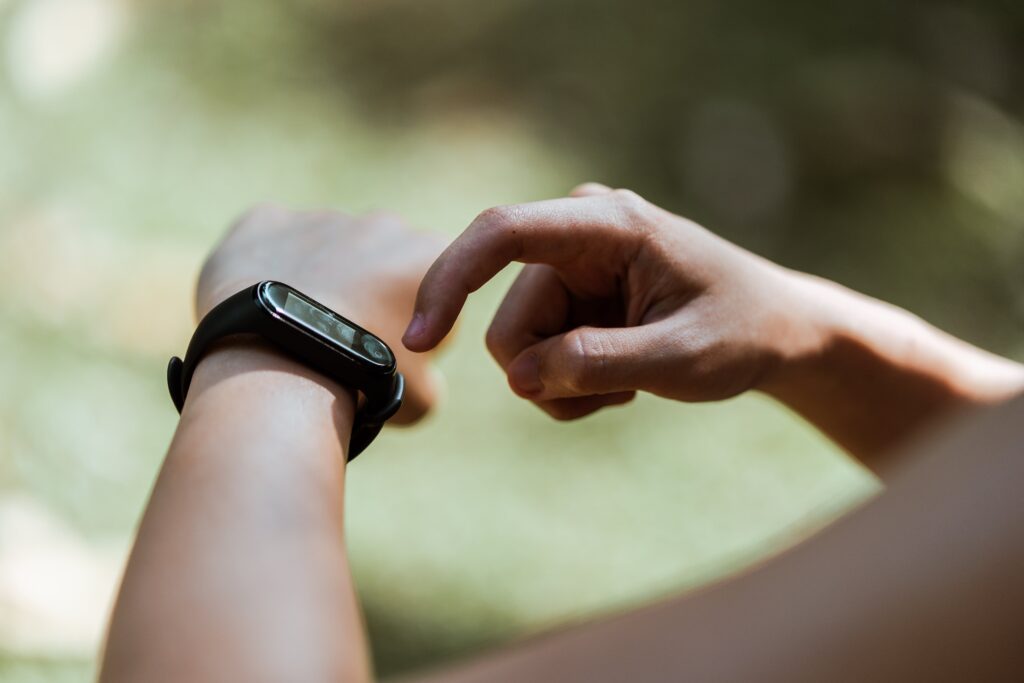
Telehealth became integral to healthcare during the COVID-19 pandemic. Doubtless it will remain a valuable resource for healthcare providers and patients going forward. Telehealth is not a standalone tool, however. In addition to virtual medical checkups and remote consultations conducted via video link, wearable medical devices allow healthcare professionals to monitor and oversee their patient’s progress remotely.
Yet while wearable RPM devices offer enormous potential, there are also some challenges surrounding their use that administrators and decision-makers at healthcare facilities need to be aware of. Here’s what you need to know.
What Makes Wearables Such a Potent Tool in Healthcare?
The potential of wearable devices for RPM is evident. They allow healthcare practitioners to continuously track a patient’s physical activity and behavior. Depending on the device, vital signs and other physiological biometrics can be monitored while patients go about their everyday lives.
The field of RPM technologies initially started with relatively basic devices, like smart watches that could track steps and heart rate. This functional domain has since expanded to encompass more comprehensive medical data. Wearables are now able to collect a variety of data, making them useful for patients with a broad range of health conditions.
Wearable Devices and Neurodegenerative Disease
Wearable devices could be a game-changer for monitoring the overall health of patients with neurodegenerative disorders such as Alzheimer’s or Parkinson’s disease. When a patient visits a clinic for testing or assessment, clinicians only get a glimpse of the patient’s status. But, because patients with these diseases have symptoms that vary throughout the day, clinicians don’t get a comprehensive picture of their condition. This can make making an accurate assessment of their condition challenging.
To address these pitfalls, researchers at the Neuroscience, Mobility and Balance Lab at the University of Waterloo in collaboration with the Ontario Brain Institute in Canada are developing wearable technologies that will allow clinicians to monitor a patients overall health and daily functions, such as movement, sleep patterns, and social interactions as patients go about their daily business.
For primary care physicians, specialists, and continuous care providers, wearable RPM devices offer insights into their patients’ daily routines. Equipped with actionable data like blood pressure, heart rate, and brain function metrics, healthcare professionals are equipped with the information needed to provide high-quality, patient-centered care.
Potential Challenges Associated with the Use of Wearable Devices
While wearable RPM devices offer many benefits and have huge potential, there are also some drawbacks with implementing the technology on a larger scale, particularly in terms of data security and patient privacy. These challenges include:
Supply Chain Risks: Most wearable RPM devices consist of components sourced from various suppliers. There is a potential risk of attackers being able to target the supply of a particular component, leading to the entire device being unable to be assembled.
Medical Malware: When sensitive medical data is transmitted over the internet it introduces the potential for new attack routes, such . As targeted malware and distributed denial of service (DDOS) attacks. What happens if wearable medical devices don’t work properly? Any negative consequences for patients need to be carefully considered.
Privacy Concerns: Wearable device manufacturers typically tend to prioritize device functionality over data protection. Consequently, establishing strong authentication and authorization processes is crucial for defining how devices gather, transmit, and analyze data.
Healthcare Provider Workload: The widespread adoption of 5G cellular networks allows data to be collected, transmitted, and stored at speeds approximately 10 times faster than previous. While this offers enhanced data transmission and processing capabilities, it can also lead to healthcare staff suffering from burnout due to increased workload, time constraints, and workflow-related concerns.
How Can Healthcare Facilities Implement Wearable RPM Responsibly?
For healthcare professionals to make the most of wearable RPM devices while also avoiding the pitfalls, there needs to be clear communication between all relevant stakeholders. Both staff and patients need to understand the challenges and what measures are being taken to mitigate them. Additionally, everyone needs to have a common objective and understand who the collected data will be shared with, what it will be used for, and how it will be stored.
Reducing the Risks Associated with Wearable RPM Devices
To mitigate the risks associated with wearables, healthcare facilities can implement the following steps:
Prioritize Security: Prior to implementing wearable devices, healthcare institutions should analyze possible vulnerabilities, including concerns related to authentication and authorization, and implement robust defense mechanisms, such as multi-factor authentication or geolocation access prerequisites.
Be Vigilant: As no digital ecosystem is completely immune to attacks, healthcare providers must be proactive about recognizing and resolving potential threats targeting their technological systems, digital devices included.
Be Transparent: Recovery procedures following any breach in privacy should include open discussions that make the affected parties aware of potential device compromises, coupled with focused actions aimed at mitigating ongoing risks.
Be Proactive: Relying solely on reactive defense measures is no longer sufficient. For healthcare providers to become more resilient to cyber-attacks and security breaches, they must adapt and evolve to meet patient-centered expectations while also adhering to evolving security standards.
Despite the challenges, wearable RPM devices have the potential to offer benefits to patients and healthcare providers. Tapestry Health is transforming patient care by incorporating a range of wearable RPM devices that are suitable for monitoring patients with a variety of medical needs.
Tapestry Health takes patient privacy and data security seriously by implementing a system of organizational and technical security measures to ensure personal information is protected. But even with these measures in place, patients need to be responsible by only accessing the services within a secure environment.
